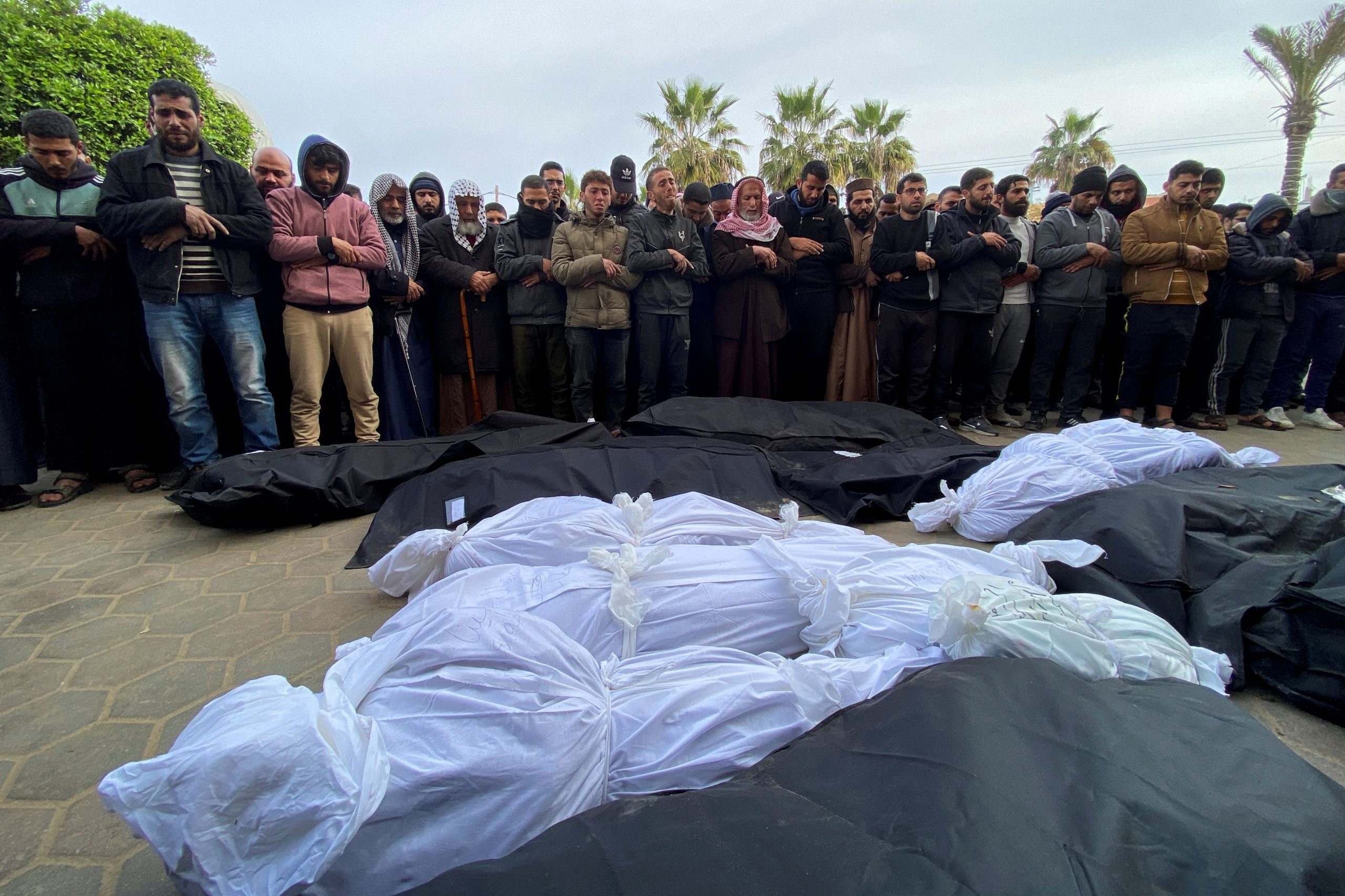More than 30,000 people have been killed in Gaza since Israel launched its war against Hamas, according to officials in the enclave, as international pressure mounts on Israel to abort plans to attack Rafah , where more than a million people are sheltering, and negotiators push both sides to agree to halt fighting.
The death toll—equivalent to about 1.3% of Gaza’s entire population—includes more than 12,500 children and over 8,500 women, around two-thirds of the total, while nearly 8,000 people are missing, according to Palestinian health authorities whose figures don’t distinguish between civilians and militants. Nearly 75,000 people have been injured.
About two million people have been displaced by the fighting , half of them crammed into Rafah, Gaza’s southernmost city near the Egyptian border, where Israel has said it would launch a fresh offensive if a cease-fire deal isn’t reached before the Muslim holy month of Ramadan , set to begin around March 10.
The Israeli offensive in Gaza, launched after Hamas’ Oct. 7 attack that killed 1,200 people , according to Israeli authorities, the majority civilians, began in northern Gaza, before expanding south, where the Israeli military says it is continuing operations against the last remaining Hamas strongholds.
In recent weeks, the Israeli military has resumed bombings in the north after a resurgence of Hamas fighters there, saying Thursday that its forces had recently killed several Palestinian militants in the Zeitoun neighborhood of Gaza City in addition to destroying tunnel shafts and confiscating weapons. The Israeli military has also continued airstrikes and other operations in the southern city of Khan Younis, where most of its forces are concentrated.
U.S. and Arab negotiators are pushing Israel and Hamas to agree by next week to a deal that would ease the humanitarian crisis in Gaza by allowing in more aid deliveries, pause fighting, and release hostages. Of the more than 200 hostages taken during the Oct. 7 attack, 130 remain in captivity, including 31 dead bodies, according to the Israeli prime minister’s office.
Mediators this week continued intensive talks with Hamas and Israel to close the gaps over a deal involving a truce of at least 40 days and the exchange of roughly 40 hostages for Palestinian prisoners held by Israel, and 500 trucks of aid daily. One of the main sticking points is a disagreement between Israel and Hamas over the number of Palestinian prisoners who would be released.
Write to Sune Engel Rasmussen at sune.rasmussen@wsj.com



